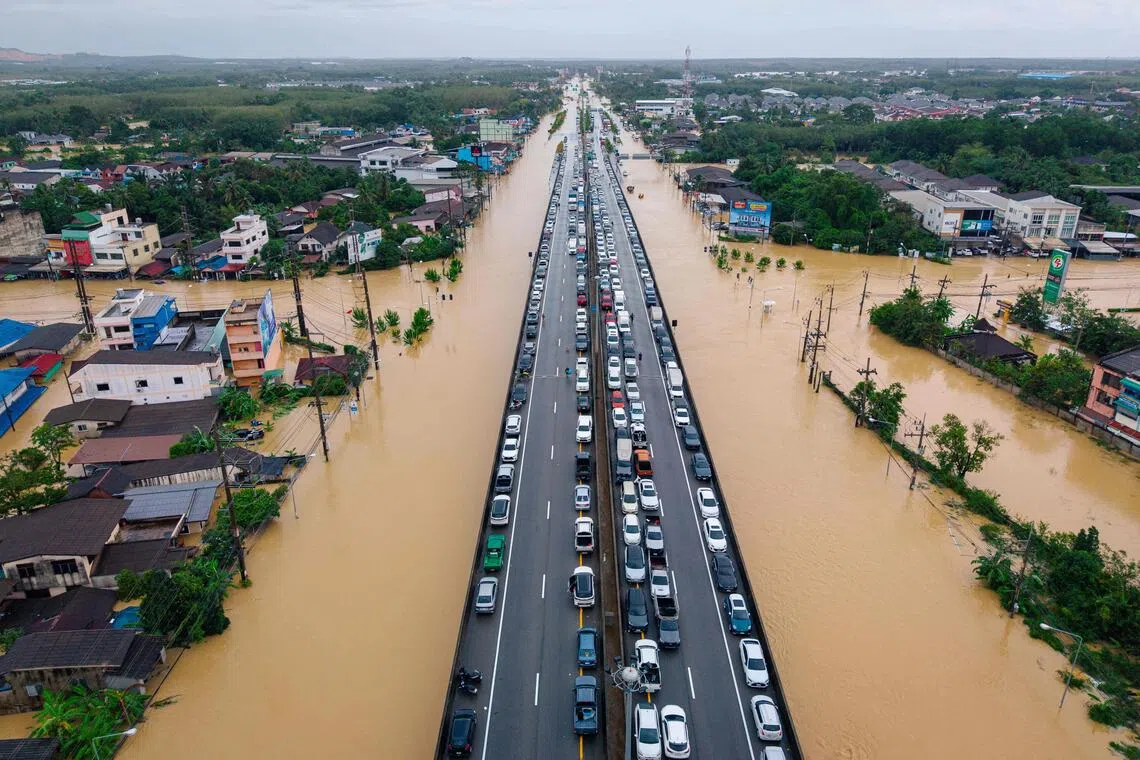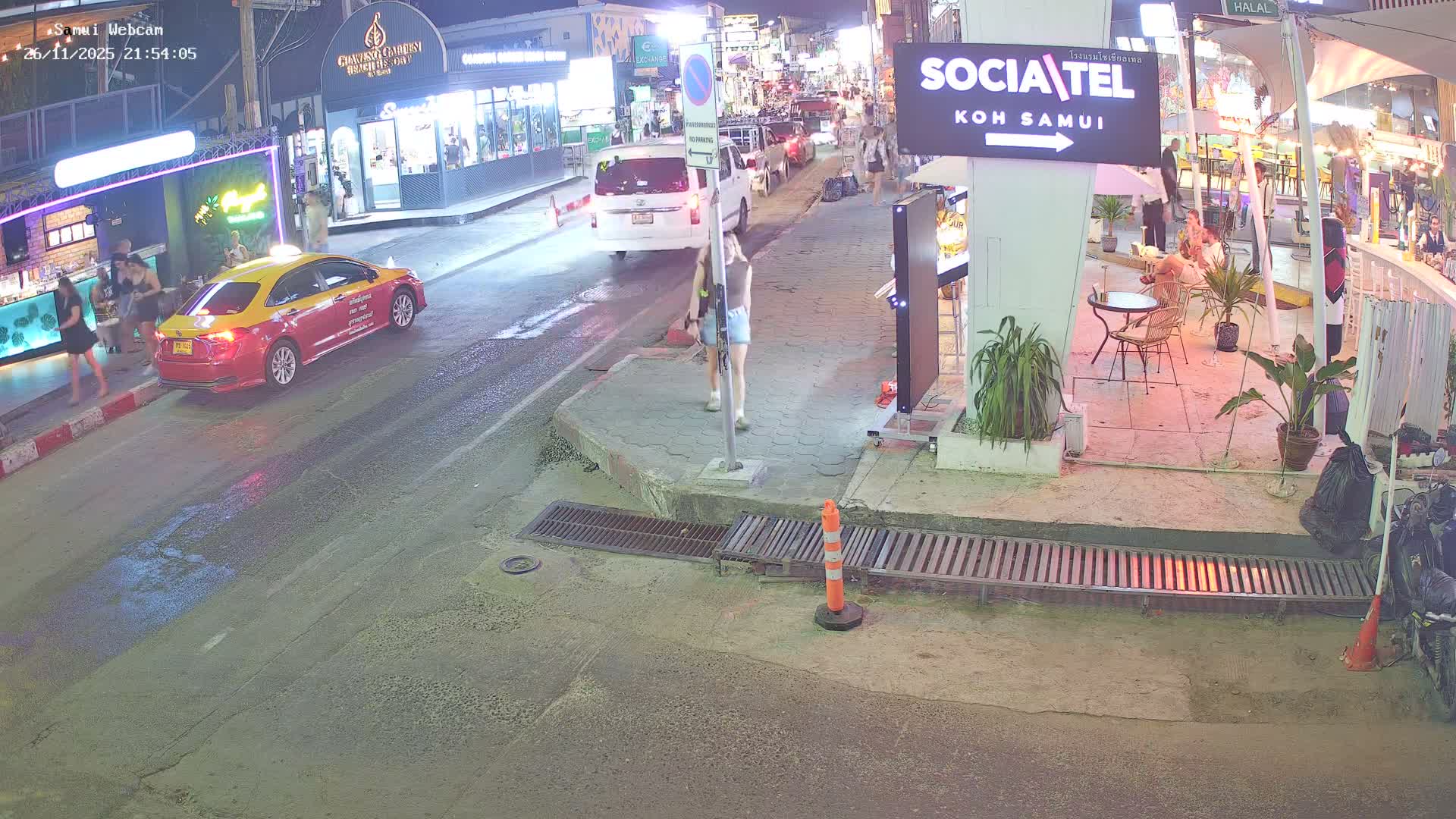Deadly Monsoon Floods Ravage Southeast Asia: Thailand, Malaysia, Vietnam Suffer Deaths & Damage; More Rain Forecast
 Thailand
Natural Disasters
Thailand
Natural Disasters

Deadly monsoon floods sweep across Southeast Asia, claiming lives in Thailand, Malaysia, and Vietnam. Thousands displaced, crops ruined, and economic damage mou
Deadly Monsoon Floods Devastate Southeast Asia Amid Relentless Downpours
Southeast Asia is currently grappling with the devastating aftermath of unusually intense monsoon floods, which have claimed lives, displaced tens of thousands, and inflicted widespread economic damage across multiple nations. Heavy downpours, typical for the north-east monsoon season but far exceeding normal intensity, have left communities reeling, with forecasts indicating persistent wet conditions into the coming week.
Thailand Bears the Brunt of Torrential Rains
Southern Thailand has been particularly hard-hit, reporting at least 13 fatalities. The deluge has submerged approximately 800,000 households and severely impacted vital agricultural regions producing rubber and palm oil. Hat Yai district in Songkhla province, a bustling commercial hub and a key transport gateway, finds itself at the epicenter of the crisis. Thousands of Malaysian tourists, estimated at over 4,000, are currently stranded in hotels and at Hat Yai's international airport, leading to the cancellation of inbound trips from Malaysia for the week.
Thai Prime Minister Anutin Charnvirakul emphasized the urgency of the situation on November 25, stating that the military is actively mobilizing aircraft, trucks, and ships for relief efforts. Resources such as water pumps, food, basic necessities, and financial aid are being rapidly deployed to affected areas. The Prime Minister underscored the severity by cancelling his planned trip to Malaysia to personally oversee the flood response.
Malaysia and Vietnam Face Extensive Damage
Neighbouring Peninsular Malaysia has seen more than 16,000 people forced from their homes due to the rising waters, with the state of Kelantan experiencing significant inundation.
Meanwhile, Central Vietnam is engaged in extensive rescue and recovery operations across four provinces, where the severe flooding has resulted in an estimated economic loss exceeding 13 trillion dong (approximately S$642 million). The destruction is immense: over 1,000 homes have been either destroyed or severely damaged, more than 80,000 hectares of vital rice and other crops ruined, and a staggering 3.3 million livestock and poultry lost. The critical coffee harvest in Dak Lak, the nation’s largest coffee-growing province, has also been significantly delayed.
Persistent Threat and Climate Outlook
The US Climate Prediction Center reports that regions from Vietnam to southern Thailand had already received significantly above-normal rainfall leading up to November 23. This prior saturation of the ground amplifies the current flood risks, as the earth can no longer absorb the continuous downpours. The forecast warns of continued wetter-than-average conditions in these battered regions, including the Philippines, which, while not directly affected by *these* specific floods, is still recovering from a recent series of typhoons. The relentless weather patterns underscore the growing challenges faced by Southeast Asian nations in managing extreme climatic events.


